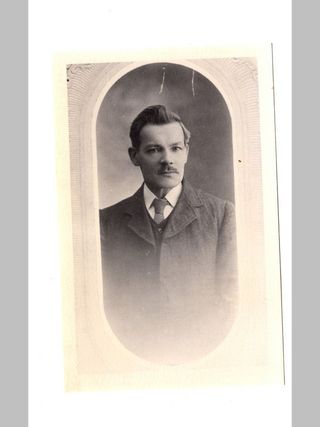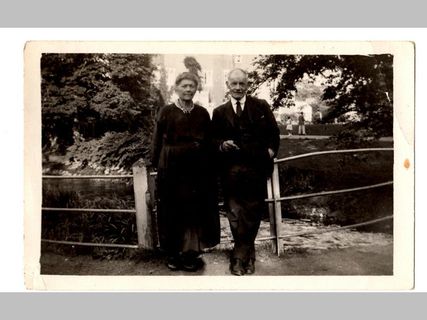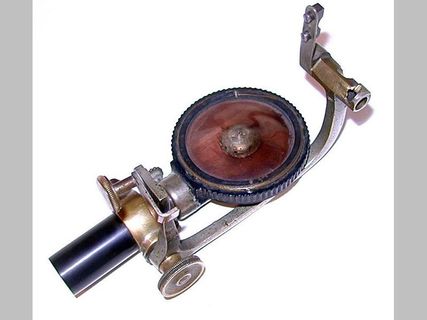Henry Albert Seymour (26 Jan 1860 Bromley–3 Feb 1938)
The forgotten giant of the British gramophone world.
Henry Seymour is remembered today as a secularist, individualist anarchist and Baconian. He was convicted in 1882 of blasphemy. In 1885 he published ‘The Anarchist’. In later life as a member of the Francis Bacon Society, he edited their journal ’Baconiana’.
In the “music industry” he is sadly neglected although his contributions are many. He played a very important role in the industry’s formative years. Edison’s Phonograph and Bell and Tainter’s Graphophone were still very basic curiosities. It was left up to ‘gentleman inventors’ like Gianni Bettini from Italy and Henry Seymour in Britain to try and improve their performance.
In 1903 Seymour filed two patents for a much improved recording and reproducing device for wax cylinders. In 1913 he introduced Edison’s Diamond Disc records to Britain. He patented, made and marketed all manner of improvements to the phonograph and the gramophone. Seymour advertisements appeared regularly in, The Soundwave, a magazine in which he had a regular column. In 1917 he wrote ‘The Reproduction of Sound’. The seminal book of the period on the subject.
The reasons why he is ‘forgotten’ may well lie in his political convictions. He is known to have invented a phonograph cylinder multi-copier and made counterfeit records. He was never prosecuted but the “Big Boys” of the industry may well have made it difficult for him to do business.
Henry Seymour was one of the first music pirates. According to David Phillips, "Another thing Seymour did - he used to get records recorded in those days by the Gramophone Company or Columbia. He had a very clever copying machine that he used to copy records and then market the records with different labels and with fake artists"
Henry Seymour inspired and even made most of the parts for the early E.M.G Handmade Gramophones. In fact they were his SUPERPHONE in different cabinets. Supplying parts could quite possibly have been his way to still be in the industry, albeit behind the scenes. He supplied parts, not only to E.M.G but also to many others, including, VESPER gramophones, made by the famous high end furniture makers Waring & Gillow, who produced some stunning cabinets to house the Seymour parts.
Henry Seymour was a giant of the early phonograph and gramophone industry. His contributions in improving their sound are immeasurable. He should be applauded as one of the fathers of the industry in Britain.
A collection of Seymour soundboxes here.
Here are a few downloads. Seymour catalogue of parts and a large PDF file of The Reproduction of Sound







